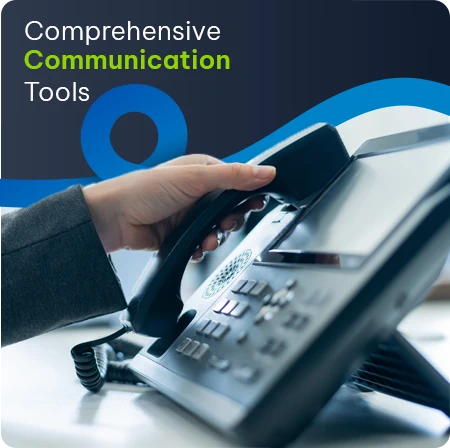Access control. Vulnerability scanning. Firewall assessment.
You may be wondering what’s the need for such a drastic topic? We can almost hear you thinking “I’m just a casual Internet user, not the Pentagon, why are you wasting my time preaching about IT, System and Network Access protection?”
But, we ask, just hear us out – because things can get pretty serious if these are neglected.
The term “catfishing” may have gained pop culture status due to the rapid rise of social media and popularity of the MTV show. However, this runs the risk of undermining the severity of online identity theft – especially when it comes to business. Sure, pretending to be someone else can be dangerous for a variety of reasons, but the use of the term in often casual settings goes a long way towards devaluing its implications.
As any fan of The Office could tell you, Identity Theft is not a joke. Millions of people are affected every year. But how serious is it really?
Well, here’s some food for thought…
- Identity theft really does affect millions:
In 2019 alone, 14.4 million (or 1 in 15) were victims of some form of ID Fraud. These occurred at a rate of 1 every 2 seconds due to an ease of availability when it comes to personal information.
- Most incidents are a result of Data Breaches or inadequate digital security.
Even a single, fleeting breach of a company firewall could expose enough employee information to make each individual a potential target. What’s the point of stealing our details, you ask? Well…
- This information is used for a variety of fraudulent activities.
These include tax theft (using your information to get illegitimate tax rebates/returns), taking over bank and retirement accounts to drain your savings or selling your information to other interested parties.
Studies indicate that the average person is more likely to have their identity stolen than their car (yes, even in SA – cyber criminals have no jurisdiction) and, worst of all, victims often don’t even know they’re being hit. These criminals have the tools and the means to access pretty much anyone off guard, thriving on public Wi-Fi (even if it’s password protected), phishing scams and even the tiniest chink in a company’s armour.
This is where Level 2 of our Security Spectrum comes in, which is systemically designed to facilitate the correct protocol around Access Control and Vulnerability Scanning.
So, what is Level 2?
Simply put, it revolves around ID and Access Management to ensure that complete verification of its users is always ensured. The concept places major emphasis on a Zero Trust basis, which essentially deems it necessary for users to identify themselves as who they say there are before either company or general resources can be accessed.
The concept is designed to reduce identity theft and, in doing so, prevent unwanted parties from attaining valuable (and often confidential) information that can put either your organisation or other employees at risk. Not only does it prevent catfishing (so that entry level workers can’t imitate the CEO), it relies on numerous verification steps to maintain ultimate privacy – even going so far as to block access from websites until said verification is completed.
This occurs through the use of multi-factor authentication (so no more Password123 and you’re in), which amalgamates any combo of username, encrypted passwords and SMS/Email verification. It also ties in with Cloud Access Brokers (CASB), which protect both Data within and access to The Cloud. Furthermore, the software can monitor traffic to and from the Cloud to restrict access, protect the information stored within and regulate both incoming and outgoing activity. It also boasts and additional vulnerability scanning software (in the form of Qualys) which establishes weak points in PCs, servers and what can be exploited by hackers before it’s too late.
Any company with a Firewall can benefit from our Security Level 2 offerings. As we’ve established, not only does online identity theft occur by the second, but the information gained by such perpetrators has the potential to derail both individual lives and an organisation as a whole.
Your brand (and employees) can’t afford to be compromised, meaning anything that ensures your information is only accessed by those who are meant to can go a long way.












